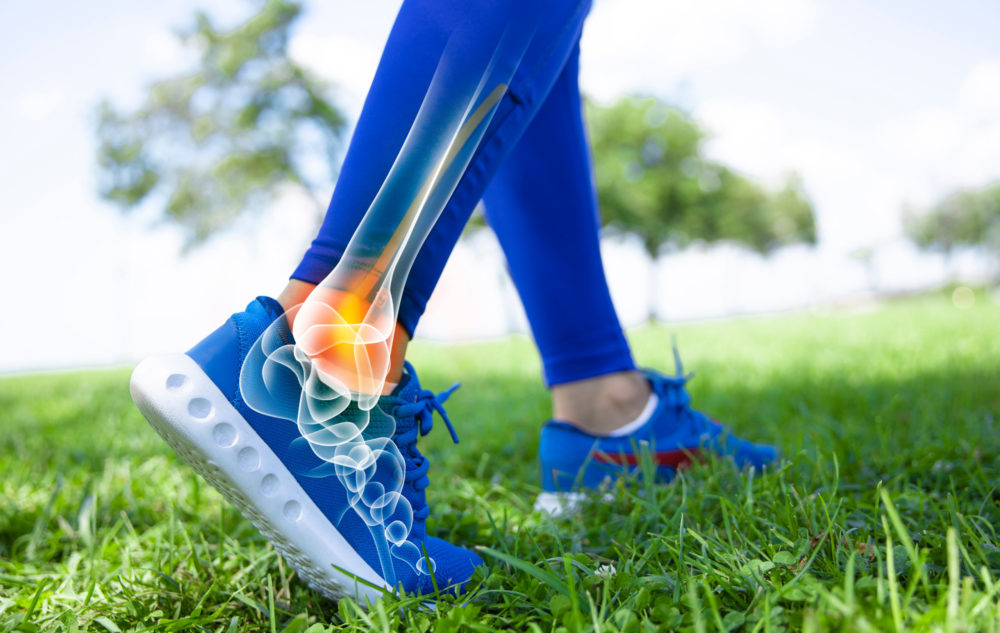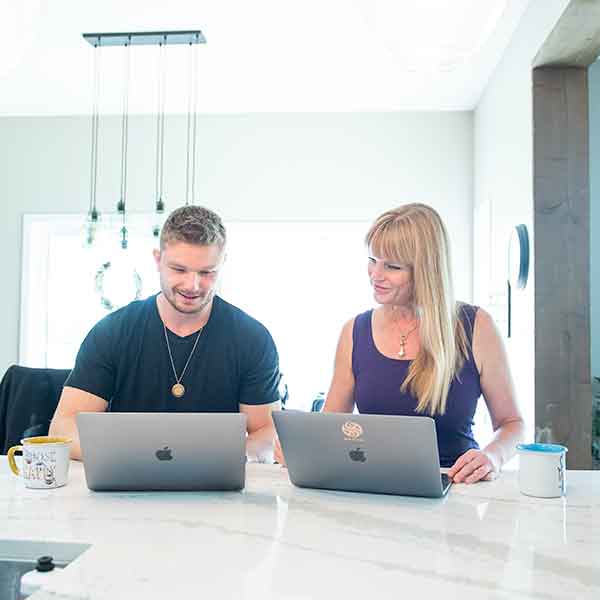Inflammation & Acute Injury

For years I have been sharing a different approach to addressing acute injury. Icing never made sense to me as the body’s initial response to injury or stress is inflammation. I couldn’t wrap my head around why we would move in the opposite direction to this.

I remember the first time that I questioned using ice. It was back when I was a student of Athletic Therapy. A basketball player came into the clinic after getting a contusion on his quadriceps muscle. I immediately went and got a hot pack to put on the area, but my teacher immediately shared that it should be ice. I knew this was the protocol but instinctively I went for the heat as I imagined what I would do if I had that injury.
In my mind, I always felt that movement was the best approach to allow for the fastest repair. This was how I handled the many injuries I sustained as a kid and teenager -- I would never ice the injury as my body repelled the cold, instead, I would work it out. I would even walk on a badly sprained ankle, and I would always be back at play sooner than expected.

I began applying this approach to my clients years later, and would see time and again that their injury would heal faster than the expected time. Not only that, but the compensating from using crutches, limping or immobilising a limb wasn’t as impactful on the body. Often the compensation we adopt after an injury can be far more disastrous than the injury itself. To teach an approach where the injury can be dealt with without limiting movement for weeks at a time is very encouraging to prevent additional problems that could build up and affect a body lifelong.
This has always been a challenging topic as the protocol for acute injury is the RICE method (Rest, Ice Compression Elevation) for the first 48-72 hours. It’s very exciting that now there is evidence coming that shares a different approach than this.
In this article, they discuss how using anti-inflammatory medication can negatively impact pain with acute injury -- “researchers found that neutrophils, a type of white blood cell that helps the body fight infection and dominates the early stages of inflammation, play a key role in resolving pain, and that standard medical practice for treatment of short lasting pain after injury might be the opposite of what we should be doing”. Although there have only been animal trials to date, research is starting to share that there can be different perspectives and approaches to dealing with the body than currently realized.

"
Whether the injury is minor like a first-degree ankle sprain, or more intense such as a fracture, the body knows how to rebuild itself.
Deanna Hansen - Founder
Whether the injury is minor like a first-degree ankle sprain, or more intense such as a fracture, the body knows how to rebuild itself. Our job is to support the natural response that occurs after injury. From my work, I have learned that the breath is key. Training proper diaphragmatic breathing is crucial to turning you into a healing machine within your own body. Also, making sure the channels for flow are open to support full repair is necessary. If you have an ankle sprain but have blockages in the upper legs, then flow is compromised.
Block Therapy addresses all the components to ensure your body is capable of healing itself. With the right information and a direct approach, injuries can be healed in a fraction of the time compared to conventional wisdom.
To see some amazing acute injury healings of a Jones fracture and 4th metatarsal fracture, watch the videos linked.
Breathe & Believe
Follow us on our social channels below to learn more about Block Therapy and see some amazing transformations!





Responses